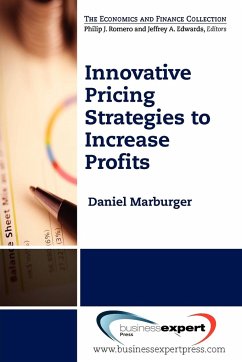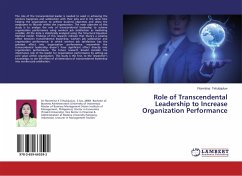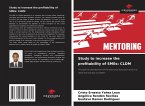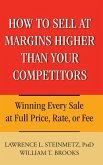According to the economic theory of the firm, businesses strive to determine the single price that maximizes profits. In fact, many firms can extract more revenue and increase profits with pricing strategies that are far more innovative than the single-price strategy. However, in the world of pricing, there is no "one size fits all" strategy. Some pricing strategies are better suited to some situations than others. Sam's Clubs, owned by Walmart Stores, Inc., for example, charge a membership fee for the right to purchase the store's inventory whereas Walmart Supercenters do not. If Suddenlink Communications bundles Internet, cable, and phone service to increase profits, why does it also sell the same items separately? Is it true that passengers seated next to each other on the same flight might pay dramatically different fares? Inside you'll learn how various pricing strategies, including price discrimination, two-part tariffs, bundling, peak-load pricing, and dynamic pricing need specific and necessary ingredients in order to succeed. The authors show you how to use microeconomic theory to determine which pricing strategies will succeed, and under what conditions.








